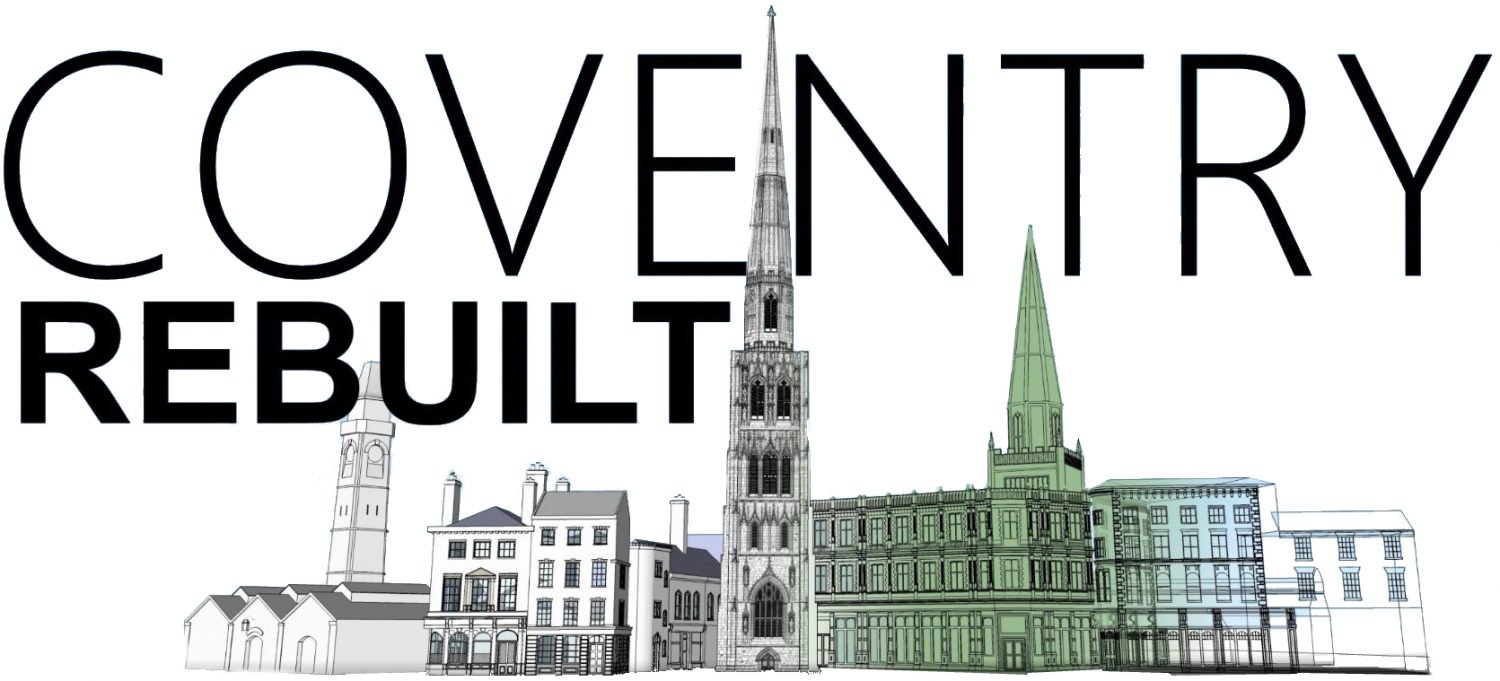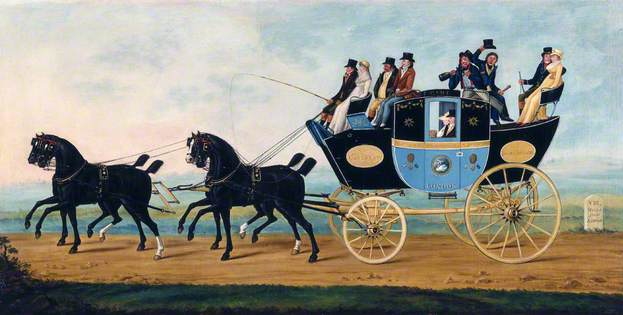1512
Henry VIII sent messages via his own royal mail, this was headed up by the Post Master General. This was useful for the running of the country, communicating with the army, navy and foreign courts. Only the king and his officials could use the Royal Mail. Private mail by unofficial post boys could spread treason and was discouraged by pain of death.

